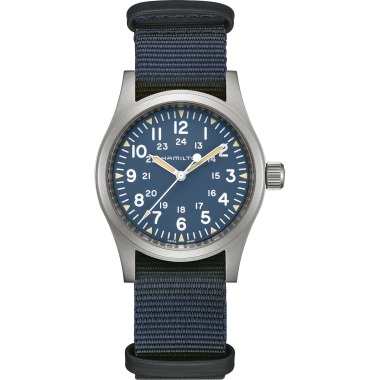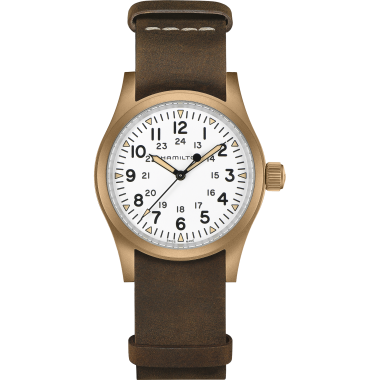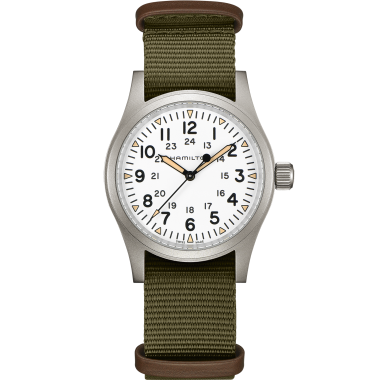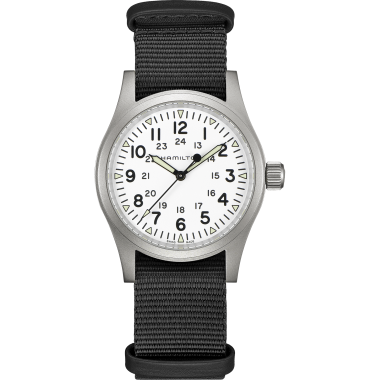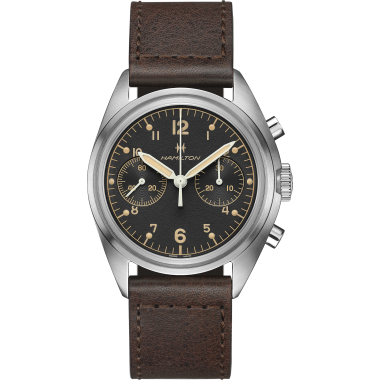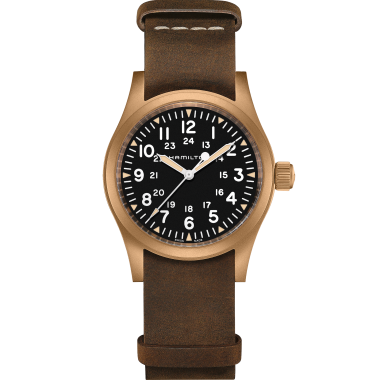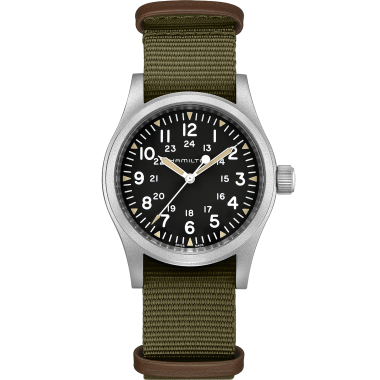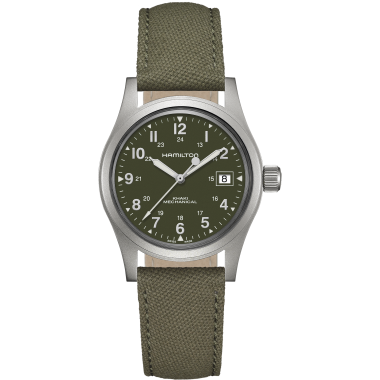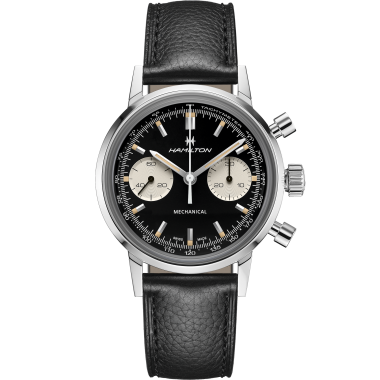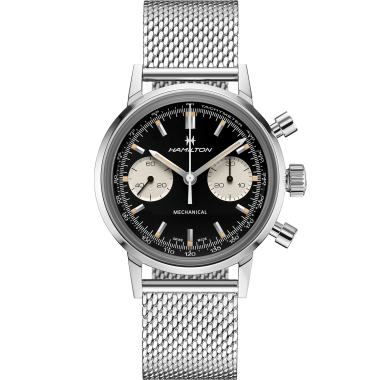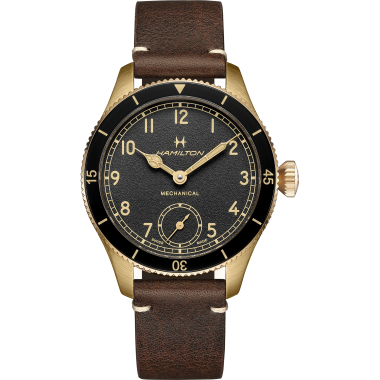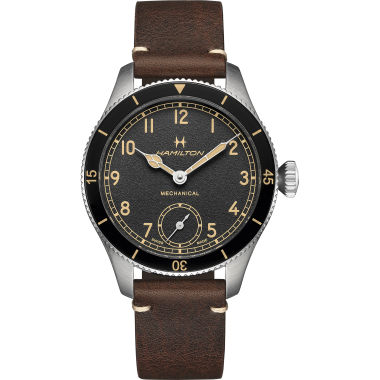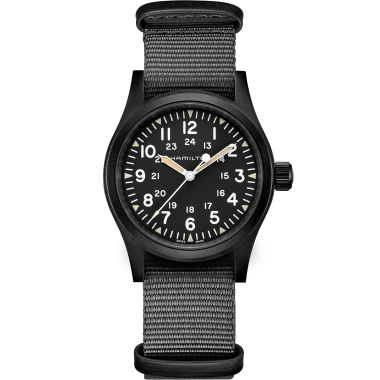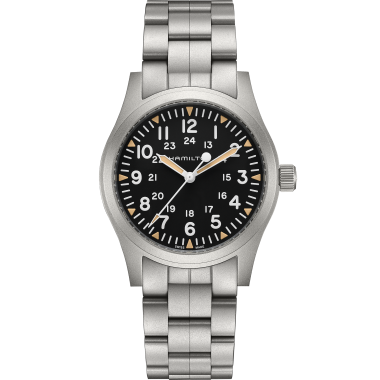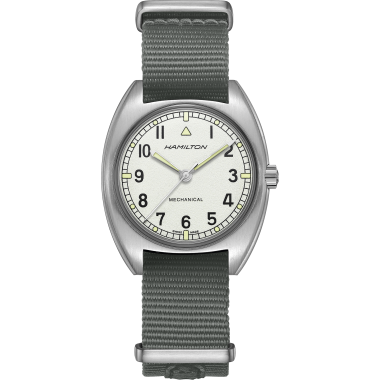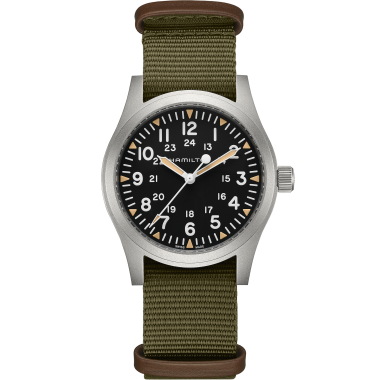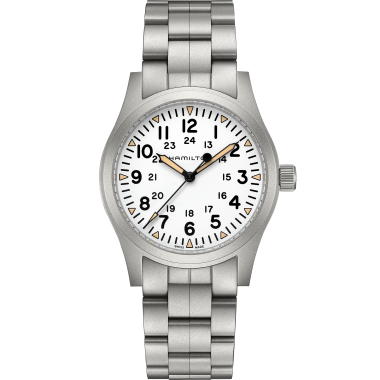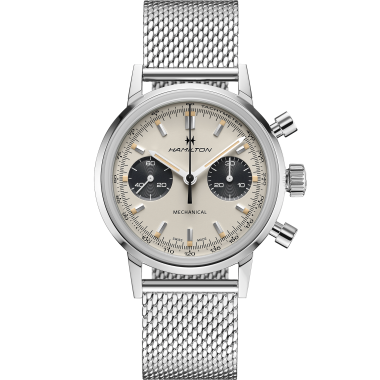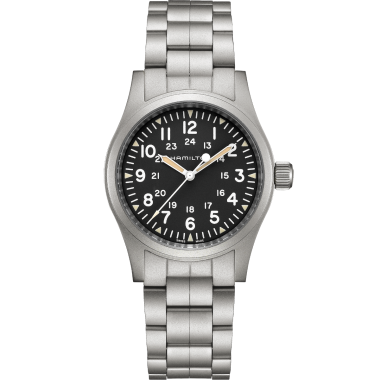A mechanical watch movement keeps the wearer close to the watch. It’s a precision partnership. Our mechanical watches for men and our ladies’ mechanical watches are some of the best wrist watches in our collection and are known for their reliability, precision and timeless style. These one-of-a-kind timepieces run like clockwork.
What makes you tick? The mechanical watch fascination
In the early 1970s, affordable quartz wristwatches began to replace traditional mechanical timepieces, changing the watch industry forever. But, just as the audio cassette didn’t end the music industry and the video recorder didn’t close movie theaters, the mechanical watch kept on ticking.
After more than 300 years of development, the mechanical watch was a time-honored piece of personal technology produced with precision engineering and highly skilled craftsmanship. It survived the digital revolution to reach new heights of popularity by transforming from a practical time-measuring instrument to a lifestyle symbol, a piece of exquisite jewelry for women and men, a statement of personality. Analogue timekeeping in the days of digital displays may seem quaint, but it celebrates a captivating quality of movement that a smartphone can never replicate. Finely tuned gears, a gliding seconds hand and timeless style create a story that Hamilton customers are eager to experience on their wrists.
What can a mechanical watch do? Run like clockwork
Apart from their emotional value and interactive qualities, Hamilton’s mechanical wristwatches also tell time with reliable accuracy. Improved upon until they matched their battery-powered competition, hand-wound watches will run for decades without ever needing a software update or a power outlet.
Many Hamilton mechanical watches can run for eight days without being wound, some show the date, and others function as a stopwatch. With an abundance of designs and complications to choose from, mechanical watches are a personal style statement for men and women around the world. Cases produced using a variety of materials such as stainless steel, solid gold or titanium are paired with watchstraps or bracelets made from stainless steel, leather, rubber or textile. Full of character, mechanical watches are highly collectible and often rise in value over time.
Types of mechanical wristwatches: a short overview
For those men and women newly introduced to the world of mechanical watches, the vocabulary of industry enthusiasts and professionals can be puzzling. However, we’re here to help with a short explanation about the two types of mechanical watch: the hand-wound and the automatic. Often referred to as a true mechanical timepiece, handwinding watches must be wound every few days regardless of wear. Alternately, automatic watches ‘automatically’ wind themselves while being worn thanks to an oscillating weight inside the case. Because of the force of gravity, the weight always moves towards the center of the earth, rotating and winding the mainspring in response to the wearer’s everyday movements. This can keep an automatic mechanical watch running for months at a time if worn consistently.
Hand-wound or automatic, mechanical chronographs feature two extra push buttons next to the crown that start, stop and reset a stopwatch function. Mechanical watches can also include other complications such as a day and/or date display, chime or global timekeeper.

